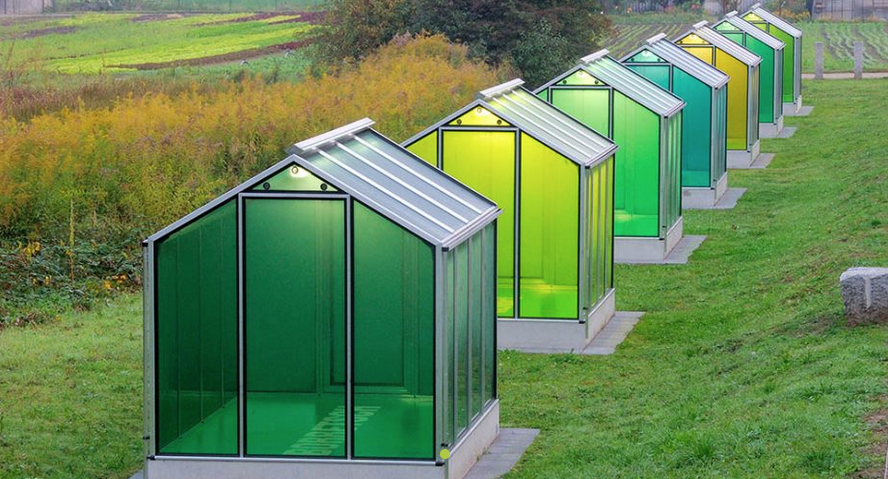|
9/7/2022 No 2Another Small Fire, John Dunbar, 1973 October 2014. I was in London for a studio visit with the wonderful artist Lilian Lijn. We went together to the opening of “JOHN DUNBAR: Remember When Today Was Tomorrow” at Jane England’s Gallery. I didn’t know much about John Dunbar, but was immediately intrigued by his free-flowing creativity manifested in multiple artistic disciplines and that he acted in various professions, as an artist, a film maker and a galerist. He is best known as co-founder of Indica, the avant-garde London gallery in the 1960s, defining the art and music counter-culture, togehter with Paul McCartney, John Lennon and Yoko Ono, Mark Boyle, Liliane Lijn, Takis and others. The exhibition featured Dunbar’s legendary notebooks, displayed for the first time, accompanied by other works and films he created during the last 50 years. There was the match. It now hangs on the wall behind my desk and provides me with a daily simple message to “strike an idea”. I don’t think a light bulb, carrying a similar meaning, would have had the same effect on me. I find ‘striking a match’ much more active. There is the sound that goes along with it. An almost archaic swissshhh and sizzle, deeply connected to fire. The speed by which the flame is ignited, reminds me of the speedy moment in which a thought is produced. To strike a match is most likely a conscious and careful act to create a controlled fire, like a fire in a furnace, in the wild, in the fire place, or to lighten a gas stove, a candle, a cigarette, or a firework. We all know that a fire, without supervision, can be very destructive. Connecting this to the association of producing a thought, let’s me think about a 'controlled' idea. Thoughts seem pervasive and from all the millions of thoughts we have, probably most are uncontrolled. A single idea however, that’s first ignited, thought through, defined, and carefully executed, can bring upon a similar satisfaction to our creative self, as a warming fire can do to the body. I love that Dunbar scored the paper to depict the flame. It makes it interesting to look at and creates a surreal element. Any drawn, painted, sculpted or photographed single object easily calls for a search of symbolism. What does it mean? In our contemporary visual world however, overloaded with of millions of visuals of single objects used as symbols for marketing products, events, services, religious or cultural meanings, the very private meaning easily gets lost, overlooked, or may seem frivolous, or tacky, not worth thinking about. It’s the delicacy with which Dunbar drew the match. It sits upright, perfectly placed on the lower 3/4 page, with the just right amount of scorched paper for the flame in a gentle amber color. But wait, maybe the scorching is not the flame, but the smoke that appears when you blow out the match? 'Another small fire' provides me with a gratitude for our creative thinking. And the title reassures me, that not all ideas have to be big and grand and successful. Some remain private and can carry on forward, igniting an ongoing process of forming an idea. Goethe’s Green Sauce ? I love (wild) herbs. I grow them on the balcony and forage them in wild gardens, parks and fields. Through a re-discovery of their usage in German cuisine, I have discovered many stories, some true, some false, some fiction or saga. Among them is the story, that Johann Wolfgang von Goethe was fond of the Frankfurt Green Sauce, a pesto like sauce that is made from spring until fall with at least seven herbs in the state of Hesse (and beyond). The story goes that his mother, nicknamed Aja, was the inventor of this delicacy and a master at preparing the recipe, and that Goethe repeatedly asked her to cook it for him and then even had it brought to Weimar by stagecoach. However, according to scholars, Goethe never mentioned any of this in his writings or correspondences. It is assumed, that the sauce came to the area from France through the Huguenots, who settled in the region at the end of the 17th century. So here we are 400 years later with Google spitting out more than 1.460.000 results for the search of 'Frankfurt Green Sauce'. Fascinating to me is, how eating culture and history is often told through good stories. These of course are tied to the availability of resources, which have come to us by agricultural or technological advancement, or disappeared through natural or man-made, ecological catastrophes. The longer and the more colorful the stories are told – adorned with an array of repackaged products to be sold to locals, newcomers or tourists – the more it is believed that this story must be true. In my research I discovered that there is a Frankfurt Green Sauce monument! The artist Olga Schulz, commissioned by Regionalpark RheinMain SouthWest, built seven small buildings on concrete foundations, modeled after greenhouses and placed in a row. Each of these greenhouses have transparent polycarbonate surfaces in different shades of green, representing the seven different herbs: borage, chervil, cress, parsley, burnet, sorrel and chives. So last, but not least I share with you my recipe. I learned that I'm not allowed to call it 'Frankfurt Green Sauce', which is a certified and geographical bound protected name... another humorous prove, of how culinary obsessions can manifest itself. KIT'S GREEN SAUCE - RECIPENote:
! it is important to achieve a balance of herbs; use even amounts, but use tarragon sparingly as it is very strong and can overwhelm the other flavors. ! do not use a food processor to blend the sauce: it will break the fibers and the sauce will separate into water and fiber makes about 300 g
Comments are closed.
|
|
|
Kit Schulte
Modern German Food
|


